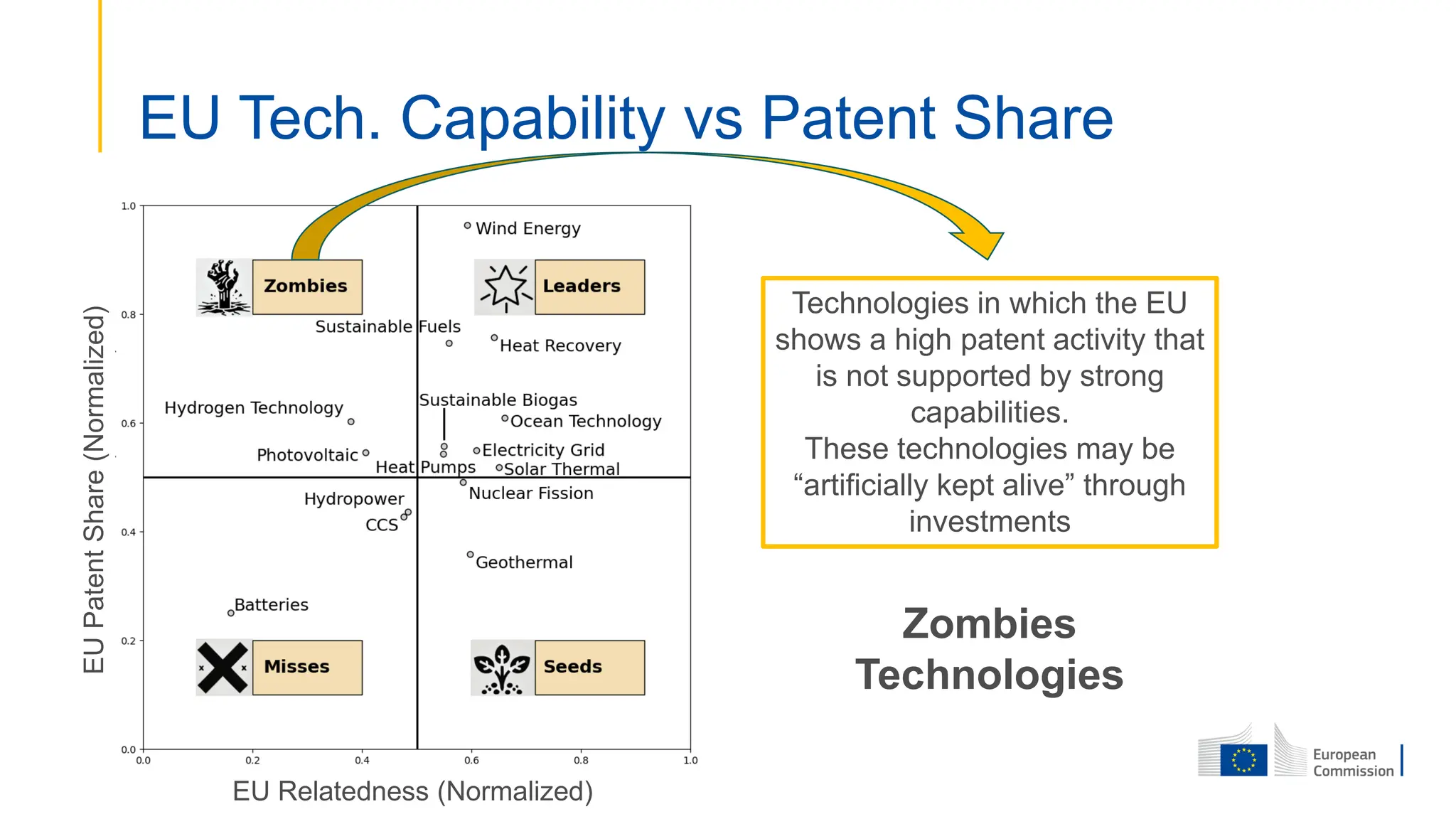Presentation by Giambattista Albora, Scientific Researcher, Joint Research Centre, European Commission at the 26th OECD Spatial Productivity Lab meeting "Smart moves: How data can help discover what regions could be great at" held online on 23 October 2025.
More info: https://oe.cd/6dd































![2025 Competitiveness
Progress Report
The EU is well positioned in
CO2 capture technologies […].
However when it comes to CO2
transport, storage, and the full
value chain, Europe lags behind
[…]
A closer look at CCS](https://image.slidesharecdn.com/02alboraeusubnationaltechnologicalpotentialcomplexity-251027080631-8ba7d7f4/75/Assessing-technological-potential-from-EU-to-subnational-level-through-economic-complexity-Albora-32-2048.jpg)



